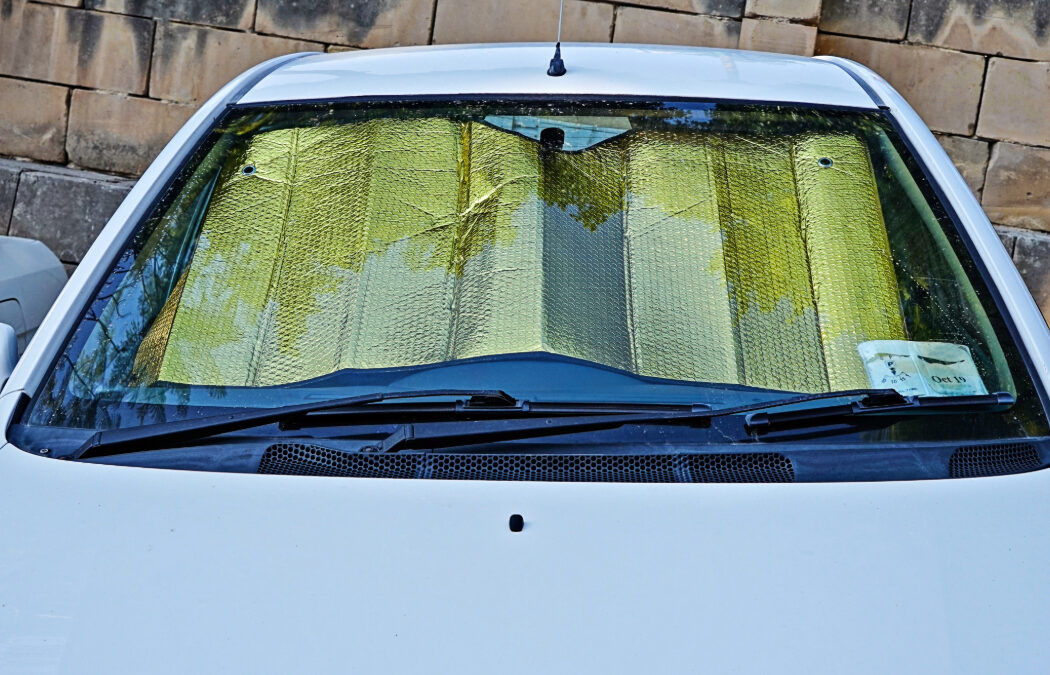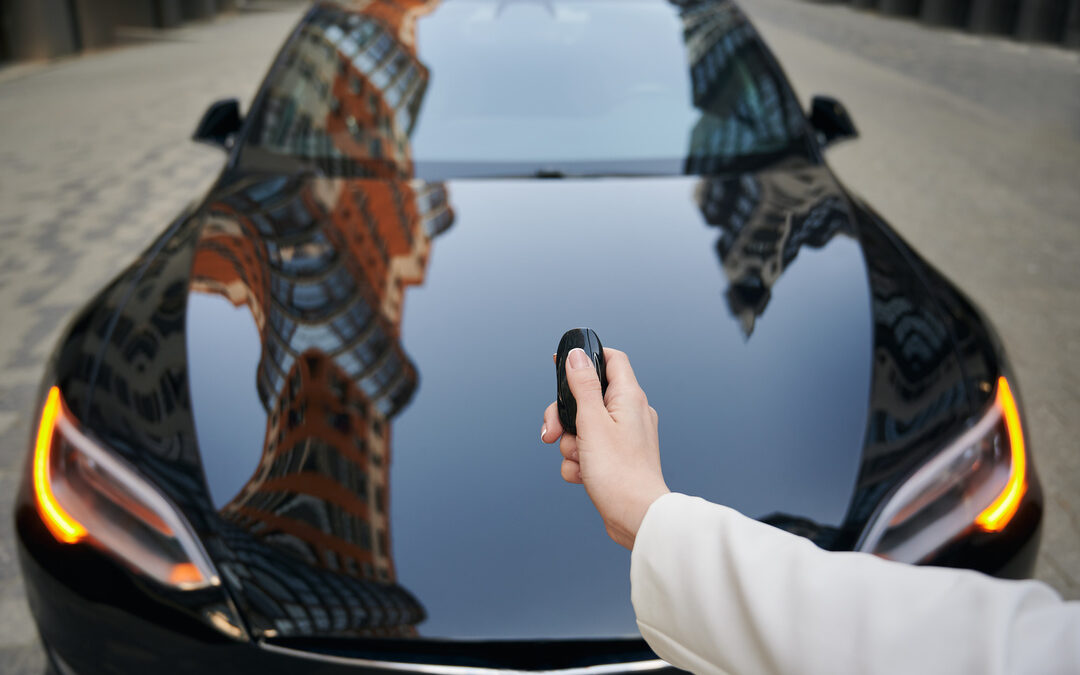Getting your windows tinted sounds simple. You pick a shade, a shop does the work. But if you don’t follow the law, you’re asking for trouble.
In Massachusetts, there are clear rules on what tint levels you can and cannot have. Ignore them, and you risk fines, tickets, or even having to remove your tint.
Here’s what you need to know—no fluff, no BS.
Understanding Massachusetts Tint Laws by Vehicle Type
Massachusetts tint laws are pretty straightforward for most vehicles: cars, trucks, SUVs, vans. The rules apply across the board for side and rear windows. This ain’t like some states where SUVs get a free pass for darker rear tint. In MA, it’s consistent.
The key number to remember is 35% Visible Light Transmission (VLT). This means the tint must allow at least 35% of outside light to pass through. The lower the VLT percentage, the darker the tint. So, 5% VLT is super dark, like a limo. 35% VLT is moderately dark.
Front, Rear, and Windshield Tint Limits Explained
Here’s the breakdown by window:
- Windshield: This is where most people mess up. You cannot tint your entire windshield. Only a non-reflective tint is allowed on the top 6 inches of the windshield. Or, if your car has an AS-1 line (a small mark on the glass from the manufacturer), tint is allowed above that line. Whichever is higher. No full windshield tint. Ever. Seriously, don’t even think about it.
- Front Side Windows: These are the windows next to the driver and front passenger. They must allow more than 35% of light in. They also can’t be more than 35% reflective.
- Back Side Windows: These are the windows behind the front ones. Same deal: must allow more than 35% of light in. Also, no more than 35% reflective.
- Rear Window (Rear Windshield): Yep, you guessed it. Must allow more than 35% of light in and be no more than 35% reflective. If you tint your rear window, you must have dual side mirrors on your vehicle. This is a safety thing, so you can still see behind you.
Massachusetts is cool with any tint color right now. But colors like red, yellow, or amber are generally a no-go in most states, so just be aware of that if you travel.
If you’re not sure which tint type to choose, check out our full guide comparing ceramic vs dyed tint in New England. It might help you decide what’s best for your ride.
Common Tint Mistakes That Can Get You Fined in MA
People get busted for illegal tint all the time. Here are the common screw-ups:
- Going too dark: The 35% VLT rule isn’t a suggestion. It’s the law. Don’t eyeball it. Get it done right by a pro.
- Tinting the whole windshield: We just covered this. It’s a hard no.
- Ignoring reflectivity limits: Your tint can’t be too mirrored. The 35% reflectivity limit is real.
- Skipping dual side mirrors: If you tint your rear window, you need both side mirrors. Period.
- DIY gone wrong: Trying to tint it yourself can lead to bubbles, peeling, and uneven tint. Plus, you might not hit the legal VLT, making it illegal. Get a pro to do it.
Don’t think you’ll just slide by. Police have tint meters. They’ll know. And your car won’t pass its annual inspection with illegal tint. That’s another headache you don’t need.
MA Tint Exemptions: Medical and Commercial Rules
There are a couple of ways around the standard tint limits, but they’re not for everyone.
- Medical Exemption
If you or a frequent passenger in your vehicle has a medical condition that makes you sensitive to sunlight, you might qualify for a medical exemption. Conditions like lupus, albinism, severe photosensitivity, or skin cancer could qualify.
You need to apply to the Massachusetts RMV with a signed statement from a licensed physician. This waiver is for specific medical conditions and only allows darker tint on the side and rear windows. Full windshield tint is still generally not allowed. This waiver is specific to a vehicle, so if you get a new car, you need a new waiver.
- Commercial Vehicles
This is generally not an exemption that applies to most personal vehicles. The laws we’re talking about are primarily for private passenger cars. Commercial vehicles might have different rules for certain windows or applications, but that’s a whole other ballgame. Don’t assume your personal car gets commercial exemptions.
Understanding these rules is key. Ignorance isn’t a defense. If you’re considering getting tint, don’t cheap out or cut corners. It will cost you more in the long run.



0 Comments